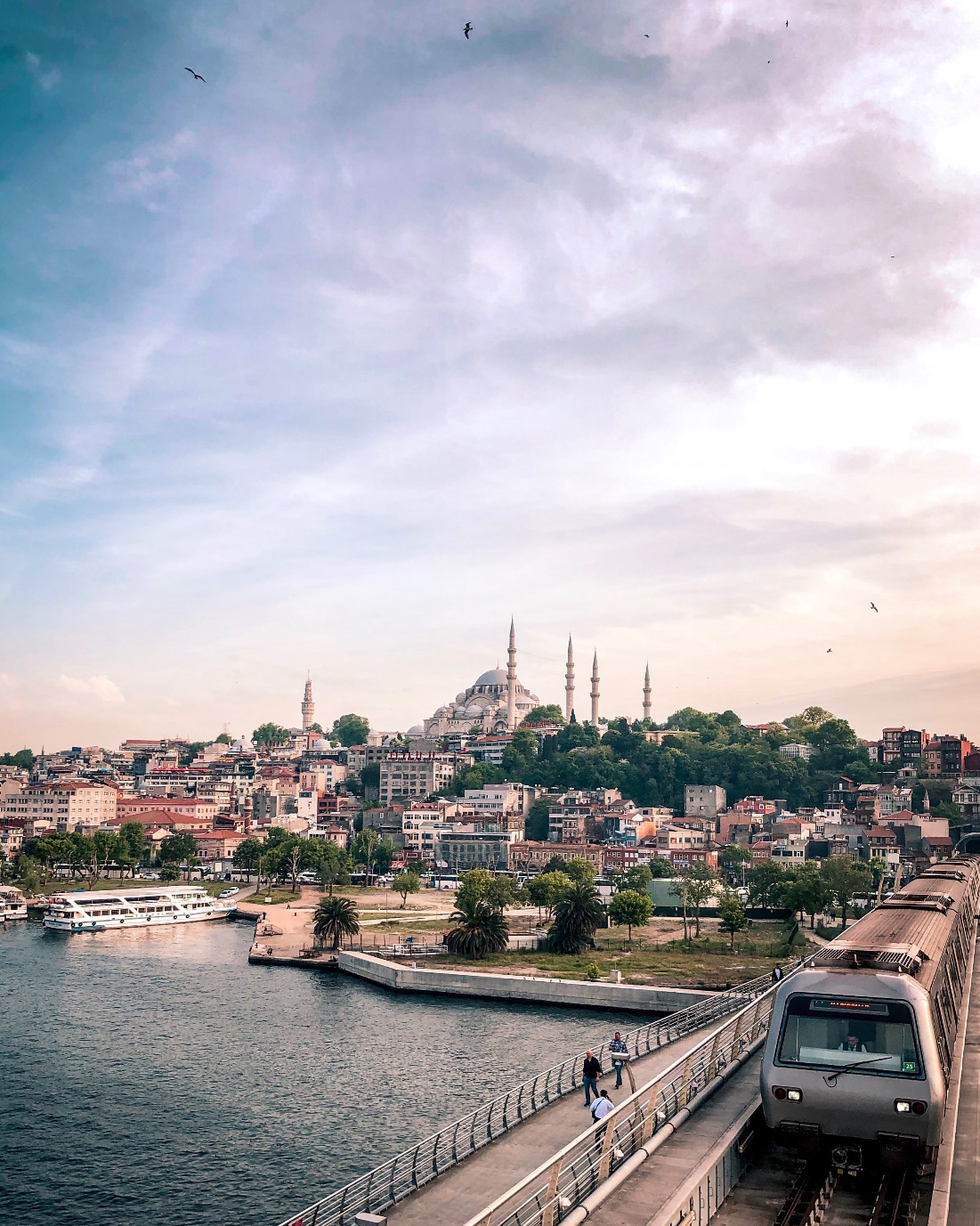Private Chingara Waterfall that is surrounded by forests, coffee, spices and hills

One of Karnataka’s top monsoon holiday destinations, Coorg is certainly on the popular tourist trail, but it is still home to many lesser known gems. This mighty private waterfall is a case in point. Surrounded by forests, coffee estates, spices and hills, this waterfall enjoys pristine environment and a remote location.
Located in the Yevakapadi village of Southern Coorg, it falls under the Chingara and the Honey valley estates belonging to the Chengappa family. It is a perfect place for those who seek solitude and pristine nature. It is that kind of a place where you can walk in the rain, see colorful butterflies prancing around and where you can frolic in the waterfall at leisure. The only thing to keep in mind is that it is private property, which means you will have to either stay at Chingara estate or Honey valley estate if you wish to experience and explore this waterfall and surroundings.
If you ask me, these homestays set amidst coffee estates and spice plantations and with the Brahmagiri mountain range in the background are perfect for nature lovers, trekkers and especially for those seeking for fabulous monsoon holiday destinations. It gives then perfect access to hidden attractions of Coorg out of which Chingara waterfall is one such example.
My favorite way to explore this waterfall is by slowly trekking downhill after a good breakfast while admiring nature’s abundance around and then wash off all the sweat in the waterfall. It gets even better during the rains when both the trail and waterfall seem to get better. Have you been to this waterfall? Do you know other such hidden attractions in Coorg. Do share your thoughts in the comments below.
Best season to visit this waterfall:
Chingara waterfalls has water most of the year, but it looks best during the monsoons when the surroundings are lush and the waterfall carries abundant water and falls with thundering noise. This is the best time for photography and for monsoon walks. If you wish to take a bath under the waterfall, I would recommend that you visit during the post monsoon months from October through February.
How to get access to this waterfall:
As Chingara waterfalls is inside a private property called Chingara estate, the public is not allowed to the waterfall. However, guests staying at Chingara estate and Honey valley estate are free to explore this waterfall. One can either trek to the waterfall from either of these properties or opt for a four wheel drive jeep to take them to the waterfall. The trek is very scenic and much recommended.
How to reach here:
The best way to reach Chingara waterfalls is by road. It is located about 260 kms from Bangalore and the route would be Bangalore –> Srirangapatna –> Hunsur –> Gonigoppal –> Virajpet –> Kabinakad –> Chingara.
Buses ply regularly from Bangalore to Virajpet and from Virajpet, one can take a local bus that connects Madikeri via Napoklu and get down at Kabinnakad bus stop. From this bus stop, it is a few kilometers to the waterfall.
The nearest railway station would be Hunsur, though Mysore and Bangalore railway stations would have better connectivity.
The nearest airport would be Bangalore and it connects with almost all of the country.
Nearby tourist attractions:
1) Trek to Thadiyendamol peak, Coorg’s highest mountain
2) 220 year old Nalknad Palace
3) Honey valley estate for those who like to study amphibians, reptiles and butterflies
4) Chelavara waterfalls
5) Bhagamandala temple
6) Talacauvery wildlife sanctuary
7) Igguthappa temple
8) Trek to Nilakandi waterfalls, a pristine forest waterfall inside Brahmagiri wildlife sanctuary














































































